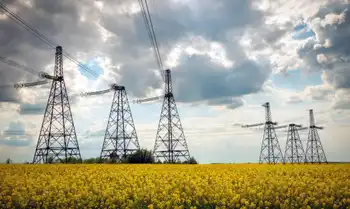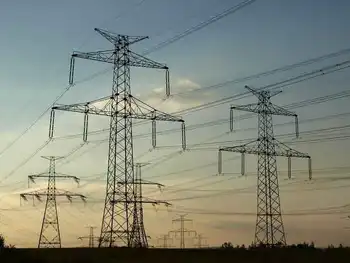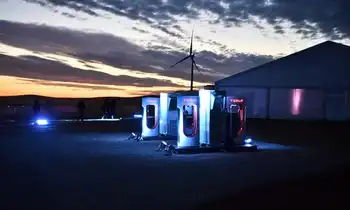Our life is good off the grid
By Toronto Star
Substation Relay Protection Training
Our customized live online or in‑person group training can be delivered to your staff at your location.

- Live Online
- 12 hours Instructor-led
- Group Training Available
"It's just different – we're more involved in day-to-day necessities." That's how I usually describe it.
You see, we live off the grid. We bought 80 acres of land, a 45-minute drive from Thunder Bay, and involved a couple of neighbours to build a basic and inexpensive 800-square-foot traditional stick frame house.
From a diagram on a dog-eared scrap of paper, our house emerged with mostly south-facing windows.
In the winter, if it is sunny out and the temperature is above -20C, we don't need to stoke our wood stove. Once May arrives, the sun is higher in the sky and falls on the roof rather than penetrating through the windows, so we don't get too hot inside.
Our house has a solar system that is pretty basic. We don't draw on it a lot, which means giving up anything – like a dryer, toaster or floor heater – that uses a lot of energy. There are other conveniences we do without. We don't have a television, Internet access, fridge, washer, septic system or running water.
Too far out for you? Hold on. Let me explain.
We're not blindly running back to the land. We don't reject technology and progress. In fact, we consume media and technology as much as anyone. We just go about it, as more and more people are, in a different way.
So we rent movies and good TV shows to view on our laptop, and use the Internet only at work.
For refrigeration, we freeze bottles of water outside to stock a cooler. We wash our clothes in town. Our toilet uses basic composting (bucket and sawdust). We haul our water from a local spring.
We have a regular phone line; as long as we use a basic phone, it does not require electricity. We can also get cellphone service.
There are lots of contradictions, too.
We drive more kilometres than anybody we know who lives in town. We recently bought a generator so we could choose to avoid having blackouts (our own version of Earth Hour) during cloudy spells in the fall and spring. We have a truck and chainsaw to harvest the wood to burn in our stove. In summer, we rely on others' freezers to make ice for our cooler.
We wash using a sauna (like all the Finns around here), and occasionally use a solar shower in the summer.
A clothes washer would be really handy. It may be the next big purchase, as our third kid is on the way. We would need to set up some kind of gravity-feed system for the water and it could drain to our grey water system. We may have to buy a couple more solar panels and/or batteries to accommodate the load, especially in cloudy periods.
Like a puzzle, we need to figure out what would work best for our setup.
Since we don't have a mortgage or pay for electricity or heating, we are able to live rather inexpensively. This makes it easy to work less and do other things important to us: hang out with our kids, ski, snowshoe, hike, pursue further education and travel. We've been able to purchase a very fuel-efficient hybrid car.
For the food we put on our ReStore table, we shop like everyone else at the supermarket. But we are also lucky to have friends and neighbours who are organic stone-oven bakers, farmers and vegetable producers. Come fall, I hunt on our land and we forage off it, too – blueberries, raspberries, lamb's quarters, clover, etc.
There's no question managing our day-to-day necessities takes more work – to haul water instead of turning a tap, to deal with composting rather than flushing a toilet, to stock fire wood for a stove rather than adjust a thermostat.
But these are all things we can do with our kids, and at home. And is it worth it? Ask the Earth. Ask my kids. Ask me after a sauna.











